📙 #037 - Social Media & The Papernet
No, not those, although I do like Nine Inch Nails. In this episode; Jury Duty, shutting down social media, the papernet, hesitant handwriting and cursive updates.
# JURY DUTY
I'm writing this from the waiting room of jury duty; we're not going to linger on this too much because, tbh it's pretty fucking grim. I thought I'd still slip in some work, video editing or writing at the start or the end of the day and slithers of time here & there. But after a couple of days, it's apparent that will not happen. At the start of the day, I have to drag myself out of bed reluctantly; at the end, I need a scorching shower to burn every inch of it away.
# SOCIAL MEDIA & THE PAPERNET
So perhaps it's my mood (which I swear gets better from this point onwards), but social media also seem, well, a bit shit at the moment. This isn't really a new thing; it's been rubbish ever since people started sharing photos on Facebook rather than Flickr. And thinking about this isn't a new thing either.
Join me back in time, with this summary of the Papernet...
Aaron Straup Cope is the creator of the concept known as the "Papernet." The Papernet is a playful and thought-provoking idea that reimagines paper as a robust and participatory network, akin to the Internet.
Cope first introduced the Papernet during his talk at the XTech 2007 conference. The core premise is that paper has been a highly successful "architecture of shared histories" long before the advent of digital technologies. Paper documents like recipes, index cards, and other analog artifacts have facilitated the exchange of information and knowledge across time and space, much like the Internet does today.
Through the Papernet, Cope aimed to highlight the enduring relevance of paper in an increasingly digital world. He playfully suggested that paper could be treated as a decentralised network, with documents being "nodes" that can be annotated, shared, and remixed, much like webpages on the Internet. The Papernet celebrated the tactile and collaborative nature of paper, challenging the notion that digital technologies have rendered it obsolete.
While the Papernet was conceived as a thought experiment and artistic provocation, it resonated with many people who appreciated the enduring value of physical media and analogue practices in an era dominated by digital technologies.
You can read more about the Papernet here: https://aaronland.info/papernet/
Now, Papernet is so much more than just the postal service, but at this very moment in time, I'm feeling very drawn to just the postal part of it.
Because I'm feeling nostalgic, here's a tiny bit more background and context.
Back in 2011, I did some work around the idea of an algorithmic newspaper. I code-crunched the raw numbers from the Guardian to find articles over a certain length that performed much better in their subject area than usual. Generating a newspaper with 14 good long articles that would keep you busy for a while and away from the screen.
I then went on to create 12 more, with the tagline "Articles algorithmically picked by readers, writers & robots." The idea was that writers crunched their data/knowledge to decide what to write about, the readers would decide what they were interested in, and the robots would figure out where these matched.
Each cover visualised some aspect of the data for that week of news.
Later, we revisited the concept for the Guardian's experimental pop-up coffee shop. Thus, the codename for the "alpha/beta" issues was #guardiantea.
To amuse myself, I threw around the concept of using a QR code, which was being thoroughly derided at the time as a solution in search of a problem, to allow people to voluntarily buy a copy for 0.025 Bitcoin, which was around $3.30 then, and would currently be $1,748.
Sadly for me, in retrospect, the idea wasn't used, and that BTC wallet remained unused & empty; if only I'd known, lol! Also, I absolutely DO NOT still have the key for that wallet!!
A big part of all of that, and much harder than the algorithms to select the articles, was working out the code to lay them out with their arbitrary lengths, figuring out the best way to throw photos in to make sure the columns ended in the right place, and so on.
The result was an automatic newspaper creation tool, which, looking back, worked surprisingly well.
This is all a very long way of saying I've been brushing off some of the concepts behind page layouts, with a mind toward transmitting art and ideas via the medium of paper once again.
To bring it back, I don't think this is just my annoyance with social media at the moment; this is clearly something I keep coming back to. It's no real surprise that the moment I get my joined-up cursive handwriting almost finished is the exact moment my brain goes LET'S USE THE PEN PLOTTER TO WRITE THINGS TO SEND TO PEOPLE rather than writing tweets.
I'm pretty sure I'm on the edge of ditching social media (and Instagram) and focusing on three mediums...
The postal service 📫
...so if you see me posting even less, this is why. Thankfully, you're all on the mailing list, phew!
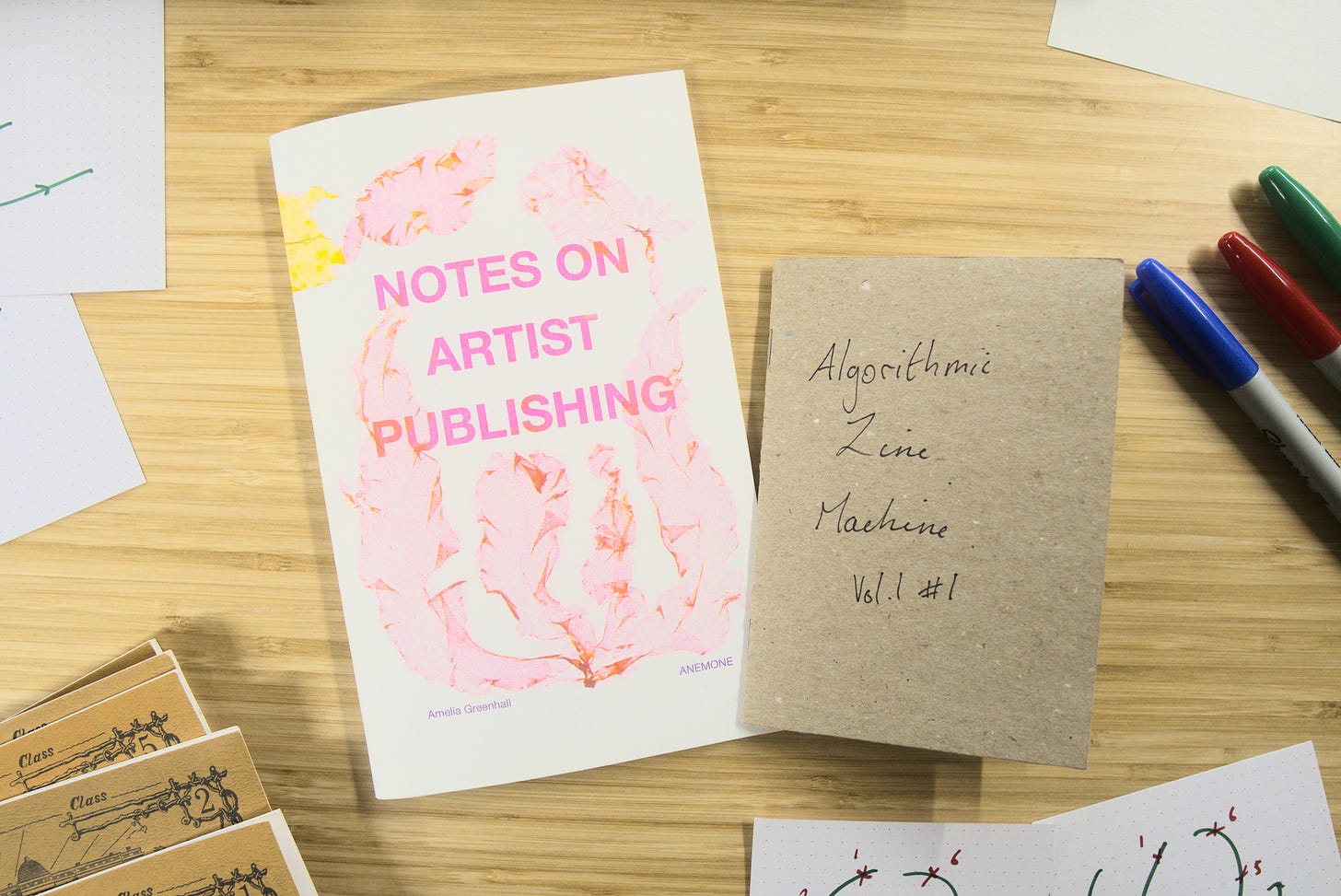
# HANDWRITING
I haven't been able to get much done, but there was one thing that was bothering me, and it was while the pen plotter was writing the word "handwriting" in my last #Weeknotes video at the 5:50, which is hopefully linked to that time stamp but probably isn’t (https://youtu.be/DlI0N43n1Nk?t=350)
There's a slowdown as it works through the join in 'it', a side effect of not having all the points evenly distributed along the line. Here's a great example with ‘hx’...
I "digitised" my handwriting by writing letter pairs on the ReMarkable eInk tablet, which can export those lines as SVG. However, as you can see, they're not smooth like, at all!
Some of that's because of the precision, and some is down to me hesitating while writing the letters, letting the pen nib dither around on the page. This is particularly obvious on the 'x's all through the alphabet.
This is how I usually write my 'x's in two halves, where I either enter from the top or the bottom depending on the previous letters. But I wanted to avoid this for a couple of reasons.
First, I wanted words to be made of a single stroke. It's easy to handle tucking away the dots over the 'i' & 'j' and the stroke over the 't' (and umlauts), so that the plotter goes back and draws them in at the end of the word. But having a word broken up into sections would be too annoying. The Spencerian way of writing 'x' looks like this (from book one of Spencerian Penmanship).
It's similar to the letter 't' in that you come back to finish it off later, but despite all the practice, I never got the hang of it. However all the practice is why my handwriting is nearly but not quite okay.
So, at the last minute, I decided to completely change how I wrote the letter 'x', where I scoot to the top-left as soon as I can, then do this weird doubling-back thing. It's not pretty, and because it was new, there are a lot of hesitation marks. In code, this translates to bunched-up points.
The second reason I avoided splitting my 'x' into two halves is that I want each letter to be written several times in the same way and direction. Here's the letter O written twice: once with all the points going in the same direction and once without.
What my code does to create new letters is to "blend/tween" between all the points on one letter and the points in another. But if they're going in opposite directions, it messes up when it moves between them.
Anyway, the code I wrote last week was to take the number of points used to make up each word and then redistribute them evenly along the path instead.
So if the word "xylophone" had 900 points, but a load were bunched up in the x, y, p, and h, it'd instead spread them nicely along the whole path. This also improved the pen plot flow; the plotting speed was nice and even, rather than what we saw in the video I posted above.
The fun thing is that you don't really need all the points on the path. I could ask it to use only every other point (multiply the total points by 0.5). The result looks the same, but the final file is half the size.
The even more fun part is setting the final points factor right down to 0.01, which gives you this...
Piter suggested I could save even more space by knocking the precision down, too. All my SVGs are measured in millimetres which were going down to a precision of "40.669062528844705,11.075549361854872" mm, when clearly, "40.66,11.07" would be enough, making the file size even smaller — a lot smaller!
Amusingly, I messed this up on the first pass, resulting in this…
There are a few things still left to do on the back end: umlauts, bold, underlined, strikethrough. Things like distortion and words along a path are left to the front end. Honestly, I was just pleased I managed to get the above done. The next step is to write up the whole process, which is going to take me a while, and then throw machine learning at it.
# THE END
I managed to grab the above photos at the studio before heading off to jury duty today, where I'm writing these words, which is about all I've managed to do this week.
The #Weeknotes video is going to pretty damn sparse this week too, and next week I'm guessing.
I suspect that by the next newsletter (27th June), jury duty will be over, but the long-drawn-out sale of the old studio will still be dragging on. I'm keeping my fingers crossed that they're resolved and I can get back to feeling properly creative and spending quality time working on videos without the overwhelming feeling of doom and stress.
We'll see.
CALL TO ACTION ONE: Share this newsletter with friends and loved ones
CALL TO ACTION TWO: Write a zine.
Love you all
Dan
❤️




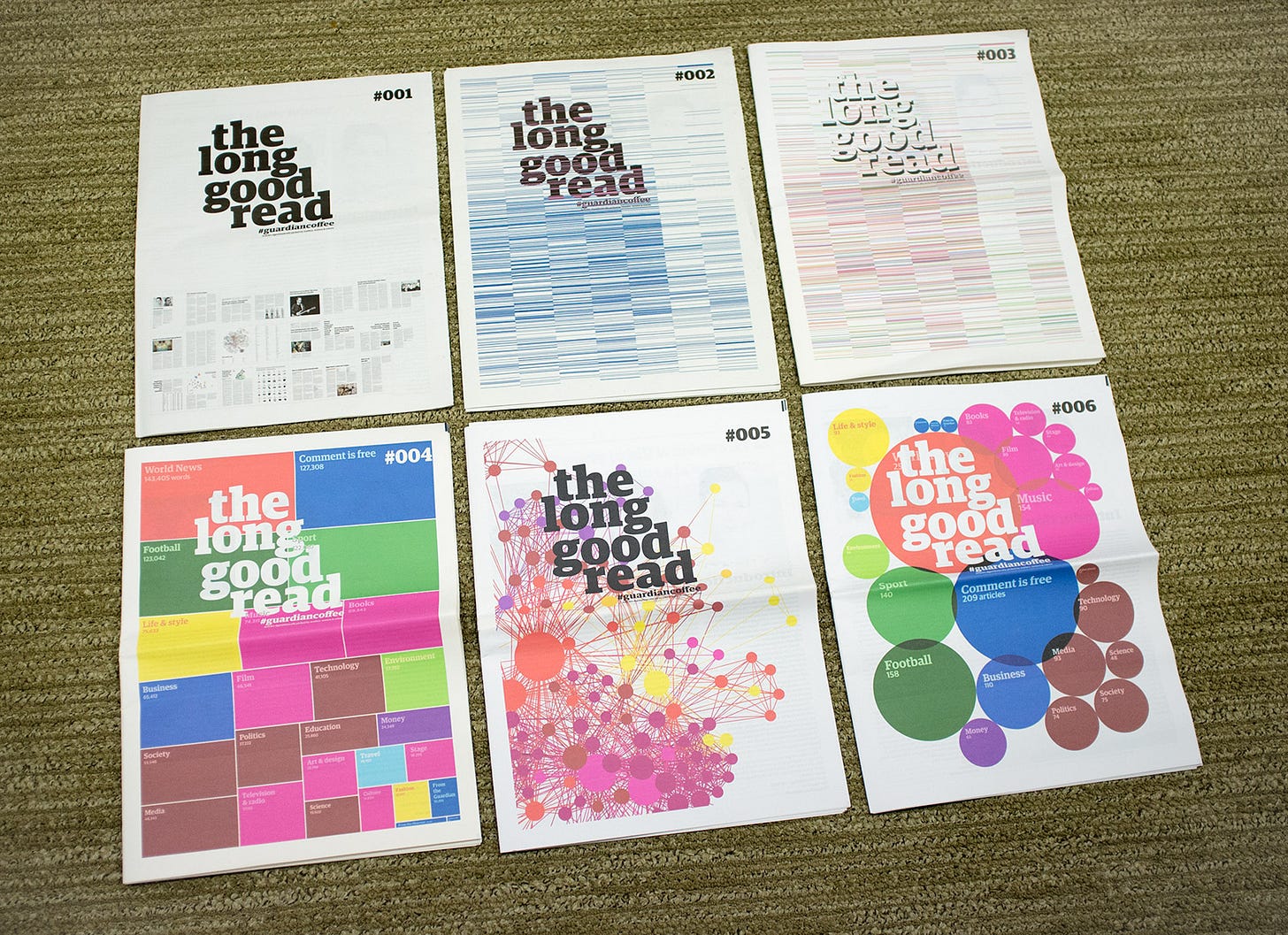
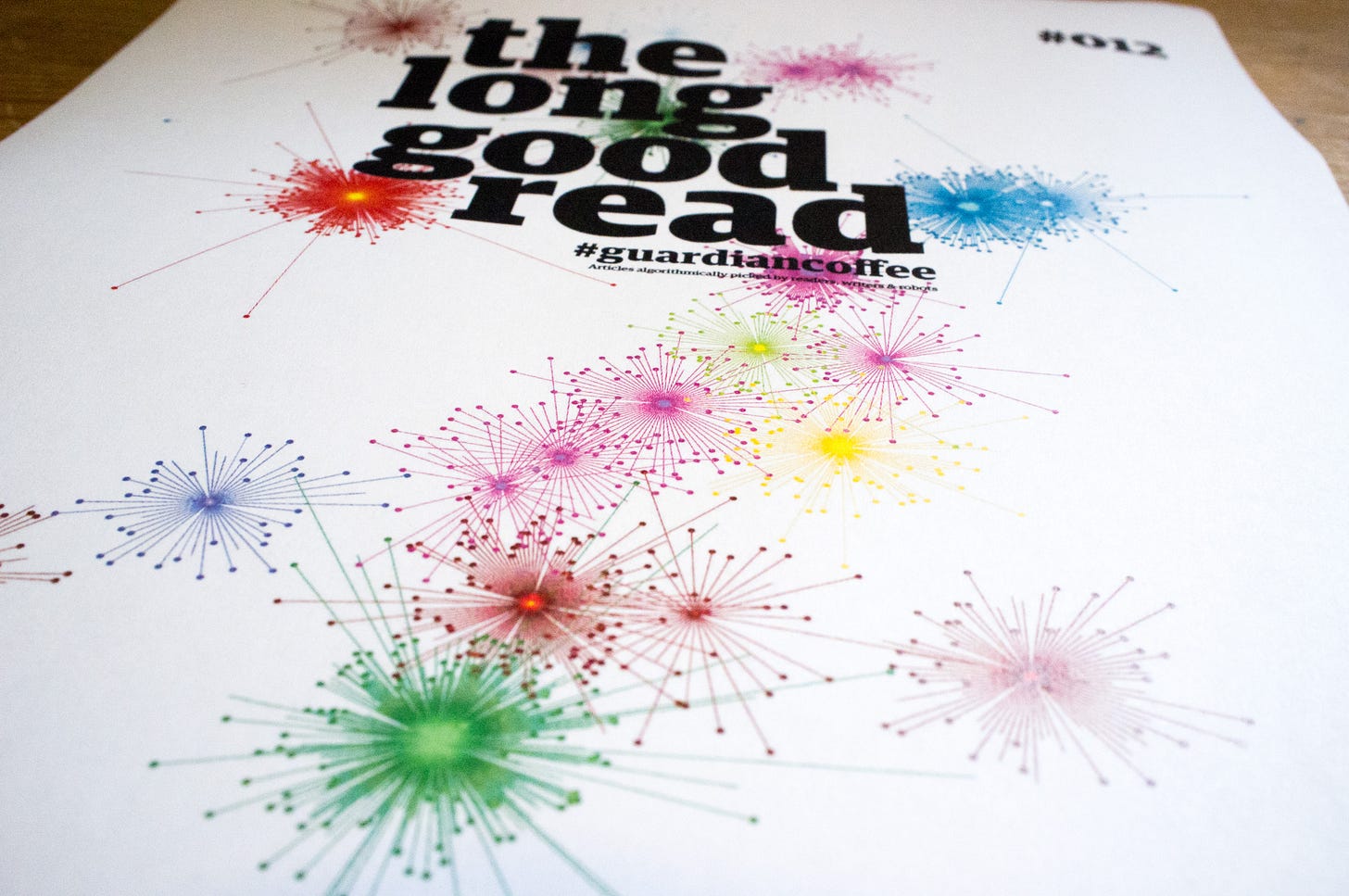
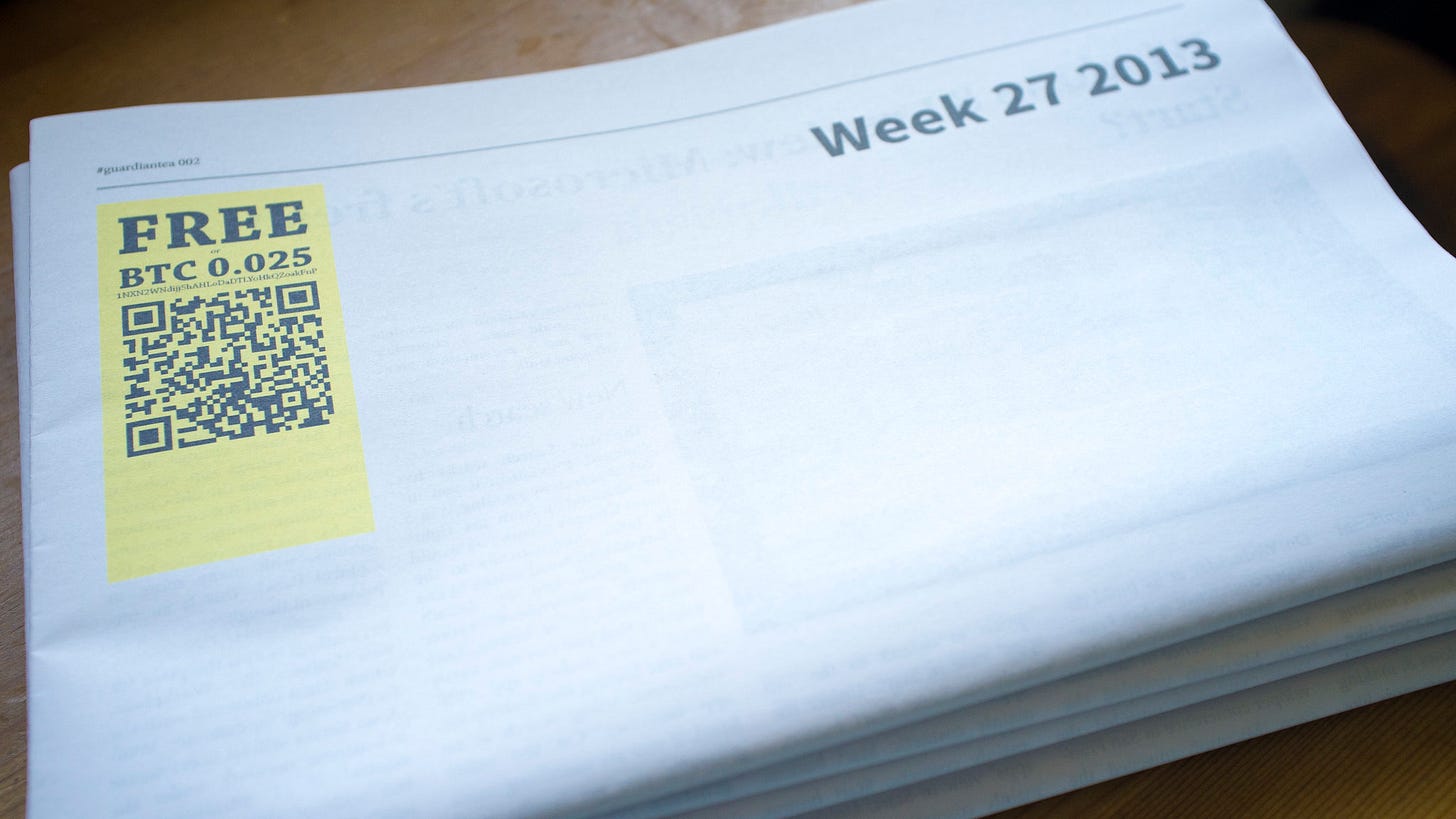

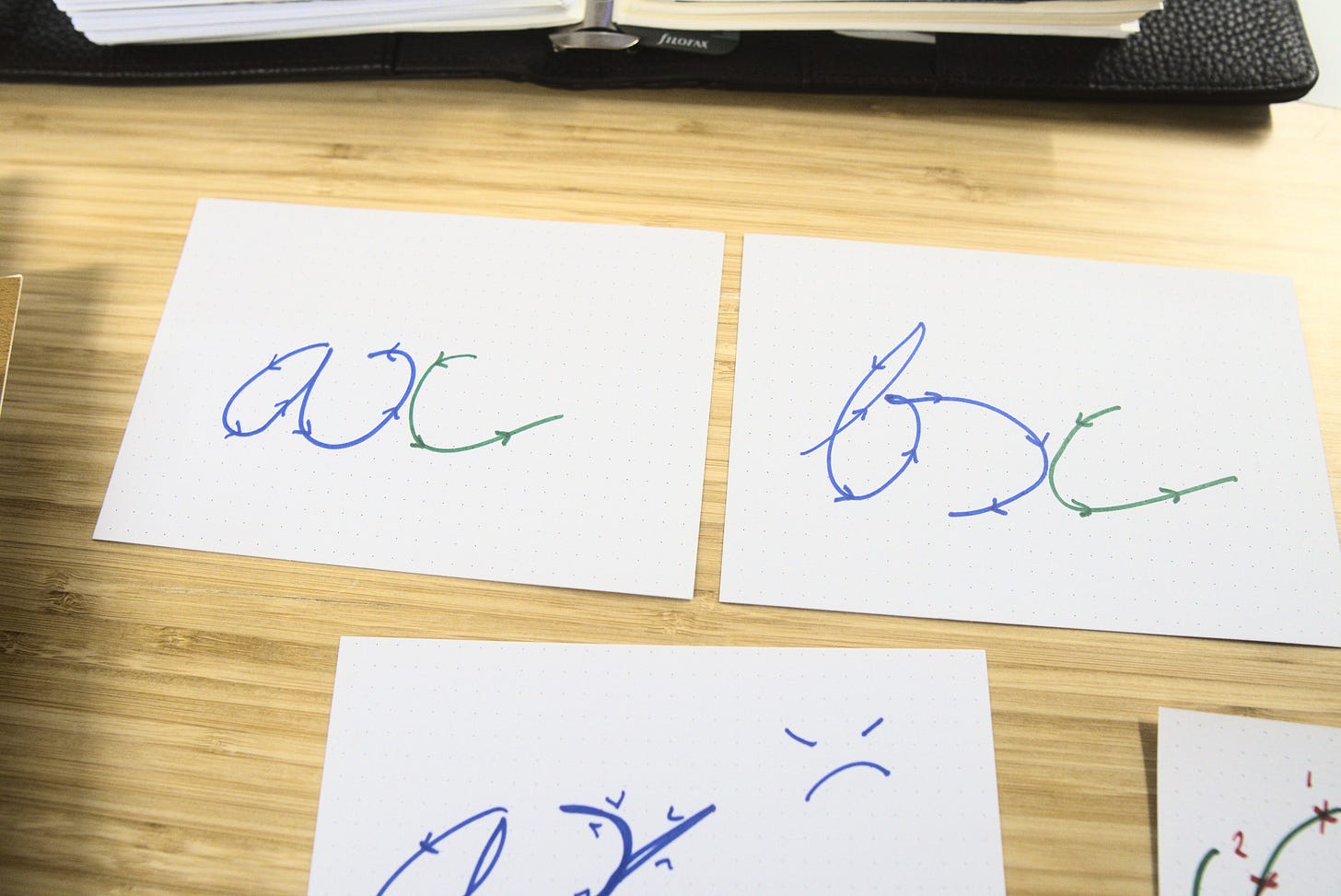
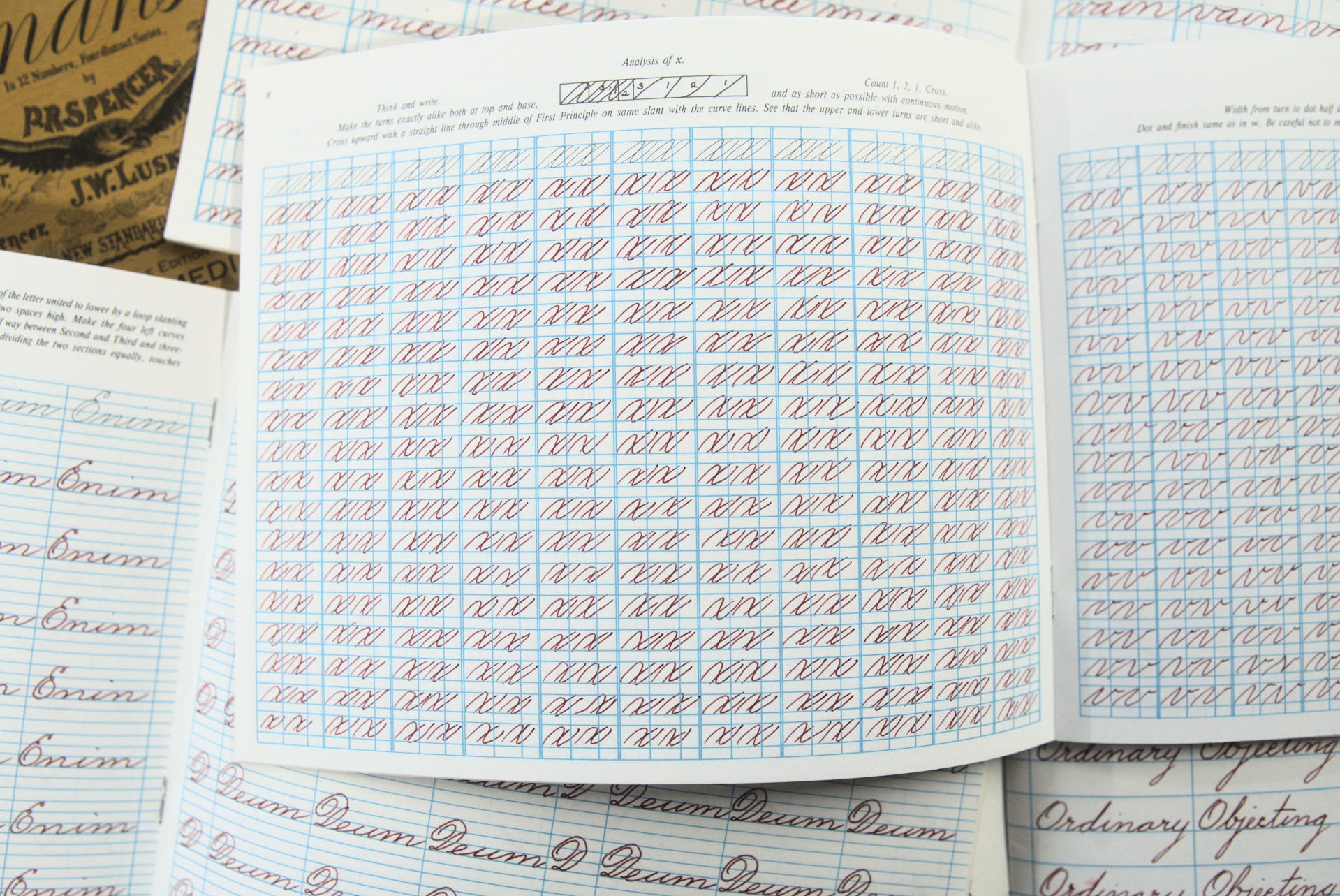
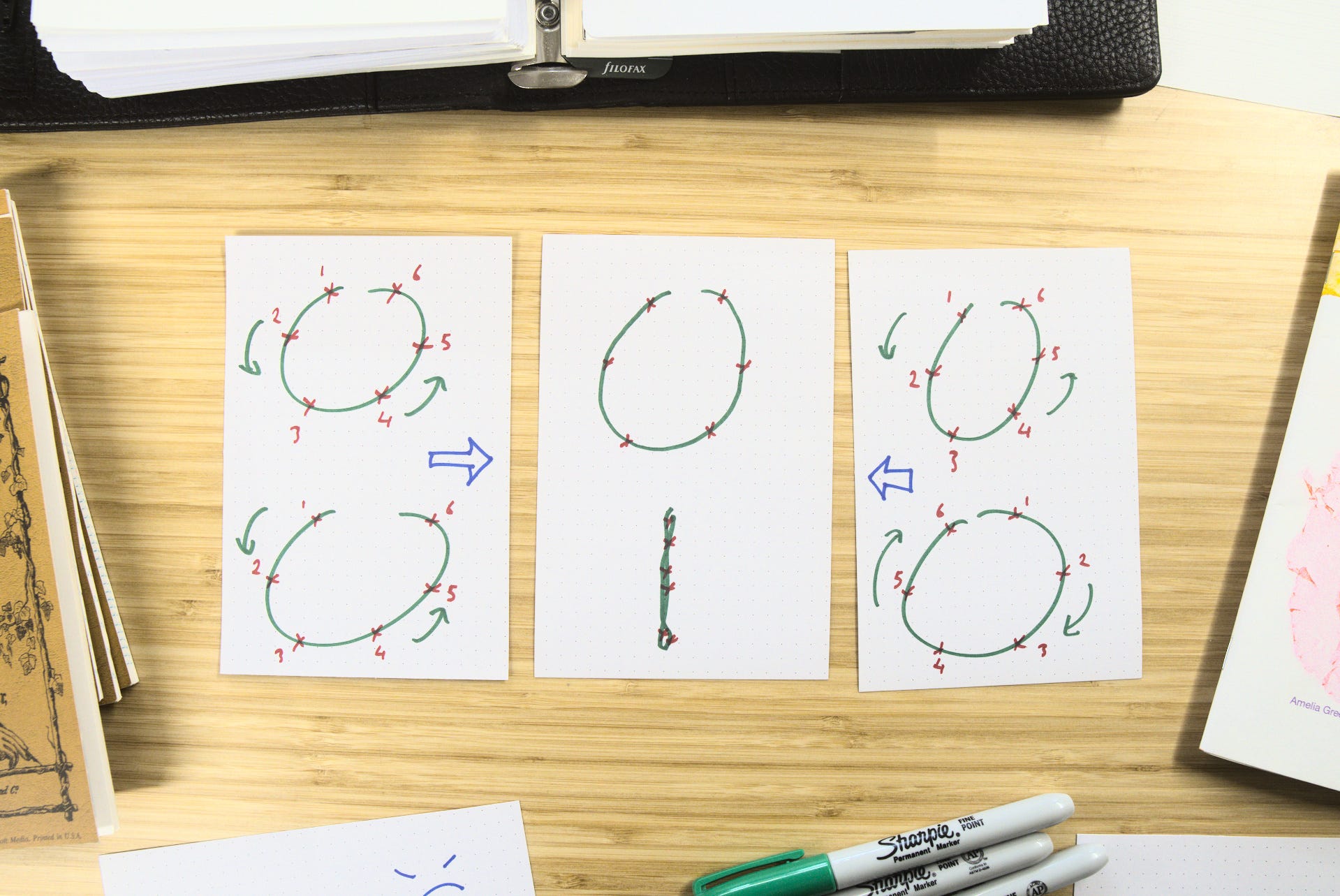
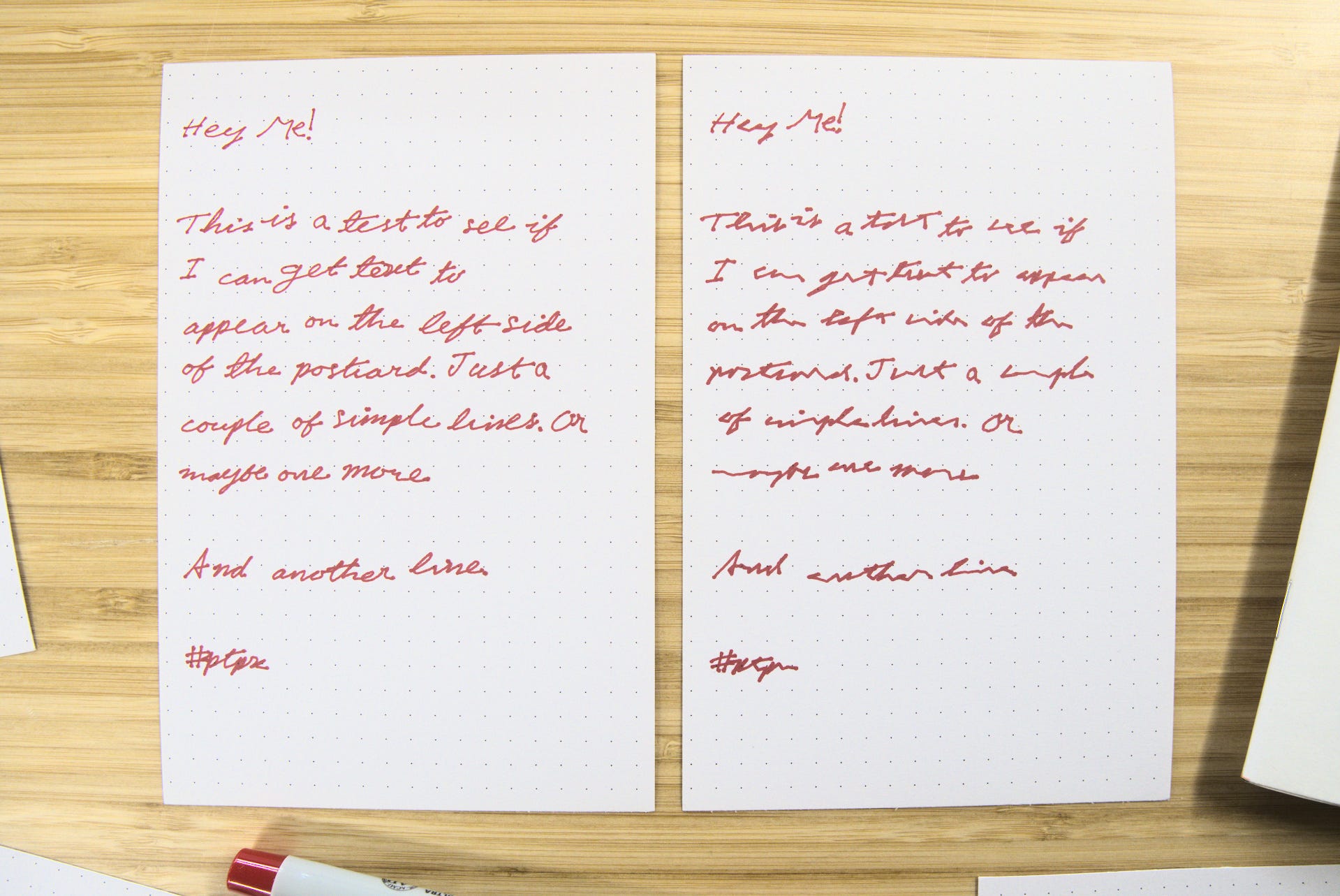

Wanted to say that I really love your newsletter! Papernet wasn't on my radar before—thank you so much for sharing it!
Lastly I made a zine for a short talk I gave last week on hand-drawing data visualisations. People just being given a pen and permission to doodle!
Loving the data-driven newspaper covers! Especially the network (fireworks like) one :D
(Good luck with jury duty next week!)